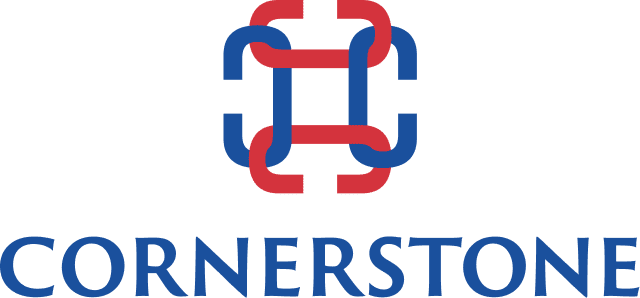China Steps Up Control of Pharma Market
2019 is now really starting in China, with the beginning of the Year of the Pig. Everybody in the China pharma market is focusing on how the new central purchasing pilot will be deployed in the coming months.
At first glance it looks familiar, with convergence with known international practices: strengthening of bidding rules, phasing out of off-patent products, shortening of supply chain etc. Some see the changes as an “extension” of the older bidding system which is aggregating a number of regions (the name of the campaign is misleading: “7 provinces plus 4 cities”). The key is not here. In fact, deep price cuts are expected for a committed volume of products. It is a change of paradigm.
Reshaping Admin
In a typical way, the Authorities have started by reshaping the administrative structure in 2018 with a new leadership and reaching higher in the political hierarchy. Decision-making goes up to the Prime Minister.
At operational level, a new organization is also in place in order to integrate the whole “drug policy”. The new administration integrates medical insurance and pricing under one roof and is managed by a former vice minister of Finance. Even more important, they have decided a new approach (silu): “combination of market and plan”. The products delivered at hospital and reimbursed are considered now as under the direct management of the State and its plan. They have started with oncology which has imported products and the most expensive.
Volume Commitments
There will be commitment of volume purchased by the hospitals. It is the first time that this would be done at the level of province and above. The question will be the quality of the forecast and its consequences.
What will happen when numbers are not met? How to ensure supply if forecast is too low? How to compensate companies if price has been slashed but volume is not reached? How will the Authorities ensure that hospitals strictly implement the policy? There is currently a lot of contradictory news, such as whether the hospitals would keep the right to have a second round of negotiation procurement when they are grouped together.
More than a tendering system
The vision behind this scheme is far more than a new tendering system. It is in fact an integrated way to manage the use and supply of drugs in hospitals. The State is increasing control within the hospitals.
The new system is not limited to purchasing, but also includes prescription and operations in general. Directors of hospitals are no longer the highest authority in the hospitals and final decision-making is done by the Party Secretary. Often, he or she is a former Director and knows his business, but the nature of the decision making within hospitals is changing and reverting to the past.
The behavior of doctors is also more controlled with guidelines that dictate the prescription of purchased products for at least 70% of their activity. The implementation will be strongly facilitated by the remarkable IT infrastructure developed in China in recent years.
Bottom line. We can foresee three major consequences if the current policies are fully implemented.
1. Impact on Patient Choice
First and most important, patient choice is at stake. Recently, the Authorities have very rightfully standardized procedures, bringing much needed rationalization. This work is not yet finished. But at same time the clinical reality should prevail, and Patients and Doctors need alternative therapeutic solutions. They should be given the choice to adapt their clinical strategy.
2. New Business Models
All companies will need to adjust their business model and P&L to a lower margin. Will international manufacturers still be able to promote innovation in big way? Will local manufacturers be able to raise quality if they have no incentive to do so? The slow-down of the Generic Quality Consistency Evaluation program has disappointed numerous local companies. Distributors too will have to make choices and focus on short-string supply or promote on behalf of the manufacturer.
Maybe most worrying, local start-ups are seeing their business plan and assumptions collapsing. Recent IPOs are almost all trading below their introductory price, in part because there was a bubble but also because investors now understand that pricing assumptions for new products are being slashed. Innovation – both local and international — requires reward.
One consequence of the impact on business models will be a reduction in the number of Medical Representatives employed for primary care products. This will limit the valuable education work that takes place on how to use primary care drugs to maximize healthcare outcomes and improve Chinese Patient Health.
Medical Representatives are major actors in organizing medical education events to share best practices among the healthcare community, creating educational bridges between tier 2/1 hospitals and tier 3 or even county hospital. Reducing their presence might go against one of the goals of the government to improve healthcare across all the hospitals.
3. Access to Talent
Finally, from the talent angle, we see that Market Access has now become the core requirement critical to navigating the policies at both the national level but also at the hospital level to follow detailed deployment. Demand is huge for talent in quality (address the challenges of the new policies and more sophisticated requirements) and at same time in quantity as access is needed at each province/city/hospital level. It is another hot recruitment and development area!






